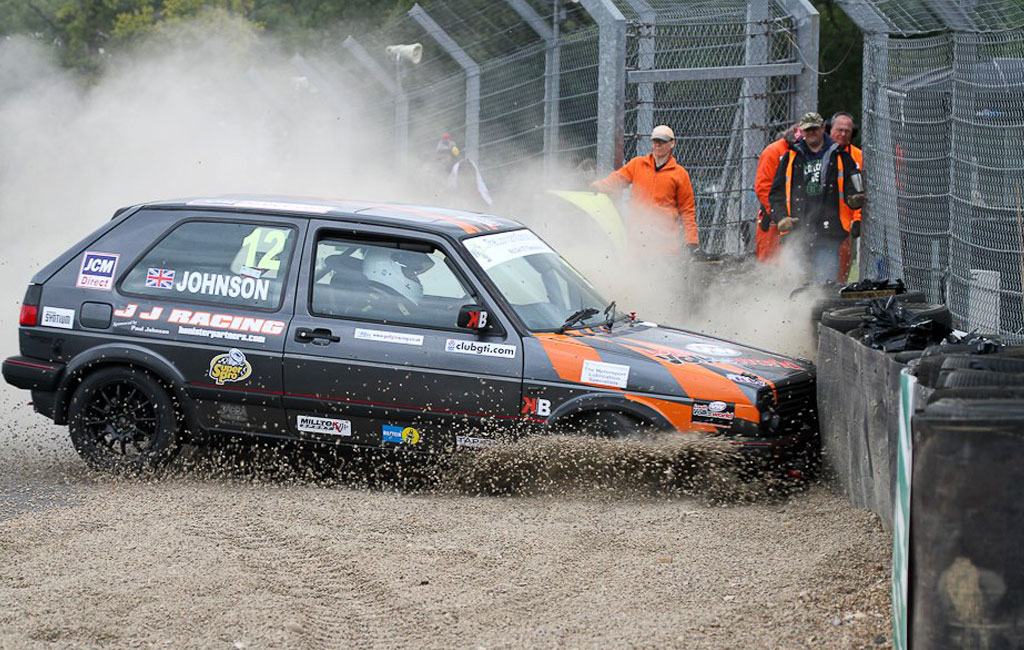Tips And Guidance For Driving On Track For The First Time
By Andy Barnes
Around 2005 I wrote an article for customers that helped explain how to go about running your car for the first time on a trackday after fielding constant questions on the subject. The article has had hundreds of thousands of views over the years having been re-posted on many forums and occasionally in magazines and although its been around a while, its purpose is as valid as ever with more and more people getting on track for the first time.
Of course at Time Attack we see a progression of drivers that wish to move on from trackdays and explore driving under timed conditions so I thought it very positive to re-light this article and present it to all those thinking of getting on track sometime soon who may be inspired by Time Attack. Getting on track has never been easier and in fact getting involved in Time Attack is much easier than you would think – a car, some belts, harnesses, personal safety gear and you are off and away in Club Challenge! I hope that for those trackday virgins this article is once again useful and provides you with some handy tips to make your circuit experience safer and more pleasurable – enjoy!…………….
The trackday guide for novices
So, you’ve chosen to do a trackday, what should you expect?, what does everyone expect of you? and in what ways should you prepare your car prior to the event. With your average car owner looking for some excitement and an area in which to push his or her car close to a race environment, trackdays are becoming ever popular. From some of my experiences on track I would like to share some of the points which you should consider before, during and after a trackday session to answer some questions and confirm some basic knowledge to ensure your day is successful and you get the most from the experience.
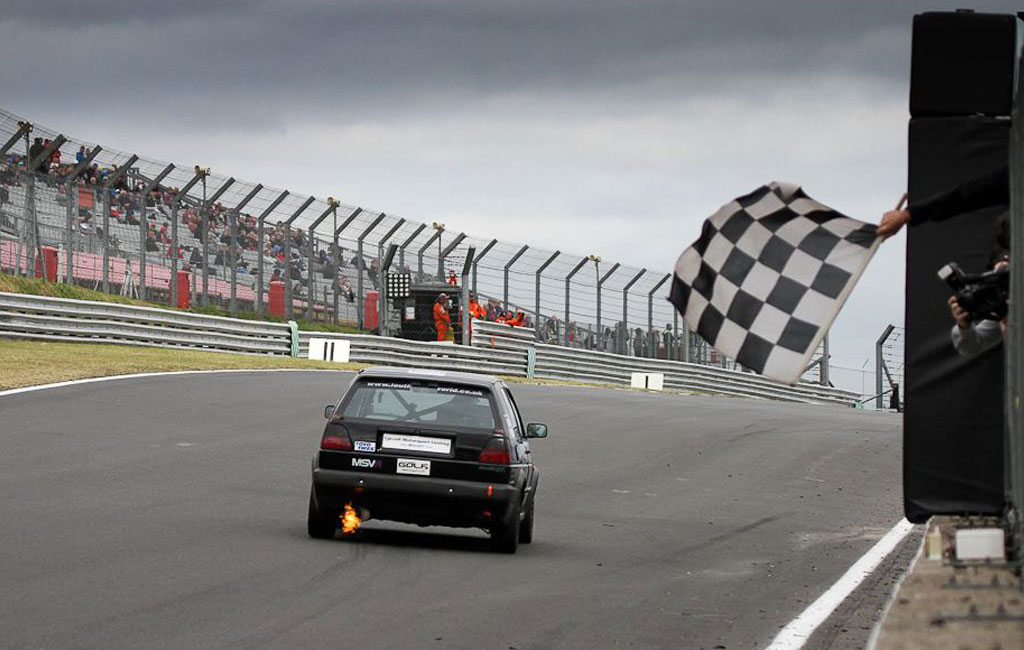 The first thing to arrange is insurance. It is likely that your normal road risks insurance policy will not cover you in the event of an accident during a trackday session. As insurance companies are now familiar with dealing with these enquiries you will find that you should be able to arrange a 1 day cover period, exclusively for the session. When talking to the insurer they will sometimes ask you for the name of the event organisers. Generally they are asking to ensure that you are attending the trackday under supervised conditions and one which is organised by professionals. This can normally incur a cost of around £50 for the day which is not bad at all considering the piece of mind you have on track. Next to look at is type of trackday you will be attending and in what format it will be run. The most common formats are in experience dictated ‘ sessions ‘, such as amateur, intermediate and advanced groups. Normally this system is used to ensure that the level of drivers and vehicles on track at any one time is reasonably matched to maximise your enjoyment. The other option is ‘ open pitlane ‘ this simply means that the organisers would have decided the total number of cars out on circuit at any one time and you can spend as much or as little time out on track as you wish. As and when cars return to the pits, the organisers allow another car out on circuit to join the pack. This situation is favourable for track time however you should also be aware that there will be various levels of drivers and cars out on track at the same time. So for instance should you be an inexperienced circuit driver, you may encounter situations where others are moving much faster on track and provide pressure to you to move aside etc.
The first thing to arrange is insurance. It is likely that your normal road risks insurance policy will not cover you in the event of an accident during a trackday session. As insurance companies are now familiar with dealing with these enquiries you will find that you should be able to arrange a 1 day cover period, exclusively for the session. When talking to the insurer they will sometimes ask you for the name of the event organisers. Generally they are asking to ensure that you are attending the trackday under supervised conditions and one which is organised by professionals. This can normally incur a cost of around £50 for the day which is not bad at all considering the piece of mind you have on track. Next to look at is type of trackday you will be attending and in what format it will be run. The most common formats are in experience dictated ‘ sessions ‘, such as amateur, intermediate and advanced groups. Normally this system is used to ensure that the level of drivers and vehicles on track at any one time is reasonably matched to maximise your enjoyment. The other option is ‘ open pitlane ‘ this simply means that the organisers would have decided the total number of cars out on circuit at any one time and you can spend as much or as little time out on track as you wish. As and when cars return to the pits, the organisers allow another car out on circuit to join the pack. This situation is favourable for track time however you should also be aware that there will be various levels of drivers and cars out on track at the same time. So for instance should you be an inexperienced circuit driver, you may encounter situations where others are moving much faster on track and provide pressure to you to move aside etc.
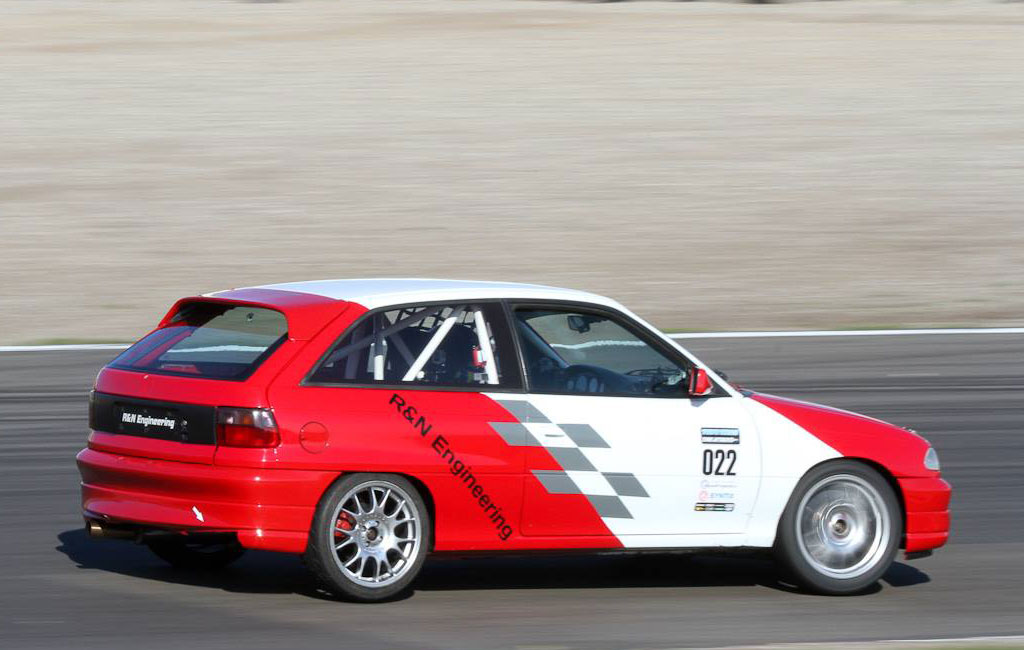 This can be quite intimidating for a first timer or inexperienced circuit driver therefore if you are ready to step out on circuit for the first time, it maybe advisable to choose an experience level session based type of event for your first outing in order for your to enter into a group on circuit whom all have a similar driving level of skill. If you should choose such an event, it is normal for YOU to decide which group you would like to run in, ie intermediate for example. When choosing you should ensure that you consider your previous experience and not be tempted to choose a session which you may be under or over qualified to run in. There is no shame in driving in the amateurs session as everyone needs to learn and therefore consider this when setting out for the first time. It is also common for there to be one or two instructors on hand on the day to give advice and help to those who need it. These are often professional racing drivers and therefore any assistance they can give you if prompted will no doubt help you hone your skills on circuit whether you are a frequent racer or not.
This can be quite intimidating for a first timer or inexperienced circuit driver therefore if you are ready to step out on circuit for the first time, it maybe advisable to choose an experience level session based type of event for your first outing in order for your to enter into a group on circuit whom all have a similar driving level of skill. If you should choose such an event, it is normal for YOU to decide which group you would like to run in, ie intermediate for example. When choosing you should ensure that you consider your previous experience and not be tempted to choose a session which you may be under or over qualified to run in. There is no shame in driving in the amateurs session as everyone needs to learn and therefore consider this when setting out for the first time. It is also common for there to be one or two instructors on hand on the day to give advice and help to those who need it. These are often professional racing drivers and therefore any assistance they can give you if prompted will no doubt help you hone your skills on circuit whether you are a frequent racer or not.
So, that’s a brief introduction to trackdays and signing on, now the most important aspects, you and the car you will drive. As far as safety equipment is concerned, normal trackday rules dictate the use of a crash helmet, full or half face but conforming to the organisers safety rules which you would check in advance to ensure your helmet is acceptable. Although not necessary it is advisable to also wear or use as much safety gear as you can, it may seem over the top however safety should never be taken lightly and therefore I would suggest that if you intend to be a regular trackday driver, the possible purchase of race overalls, gloves and shoes are a great idea as they can be purchased reasonably cheaply from suppliers such as Demon Tweeks.
Gloves are especially a good idea as although the trackday is not a race, you get excited and tend to sweat much more than you would on the road therefore you’ll find that wearing racing gloves can help your driving experience as well as the use of racing shoes, these are designed to give maximum feed back through the soles so you can really get a good idea of what the car is doing. If your budget allows, buy the best items you can afford and they shall last you a long time, as well as aiding your driving the most important factor is that you are being as safe as you can. Before setting off on track you should make sure you have all your gear on and everything is zipped up and adjusted properly, especially your helmet.
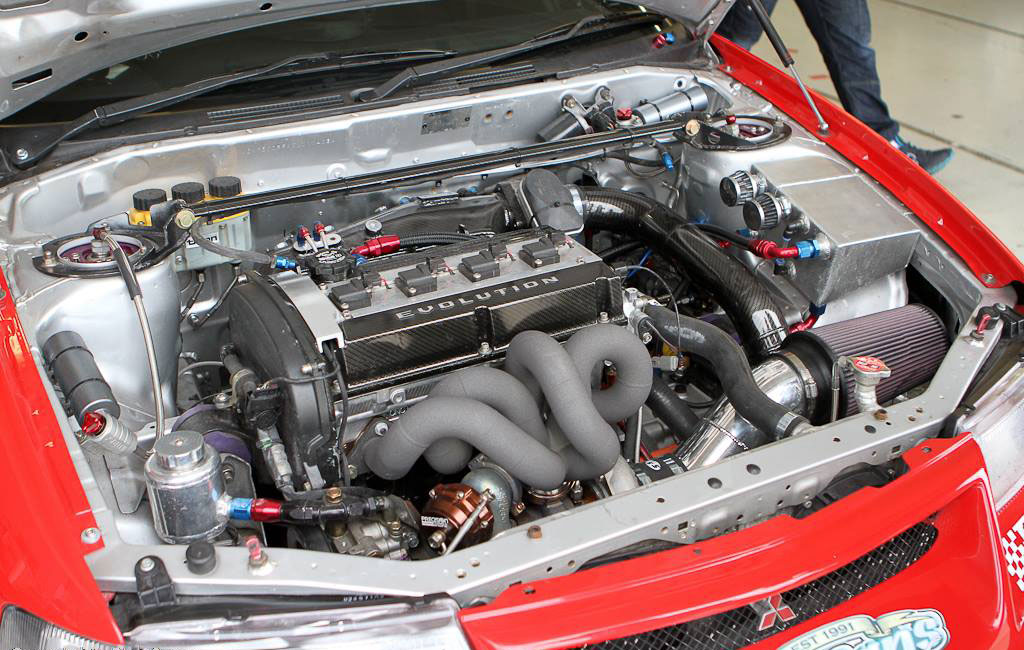 The car : As you will be attending a circuit session it is obvious that you will need to be driving a car which is fit to do so. Given that most of us use the same car on the road as we would taking to a trackday, you should ensure that you make various spot checks over the car prior to the event and once again on the day prior to venturing on track. Simple things such as brake pads and condition, engine oils and fluids, lights and instruments, seats and belts etc as well as wheels and tyres should be checked and a decision made as to whether they are suitable for track use of if they should be up rated or replaced. Other than the obvious safety considerations I would suggest that you main concerns would be to check :
The car : As you will be attending a circuit session it is obvious that you will need to be driving a car which is fit to do so. Given that most of us use the same car on the road as we would taking to a trackday, you should ensure that you make various spot checks over the car prior to the event and once again on the day prior to venturing on track. Simple things such as brake pads and condition, engine oils and fluids, lights and instruments, seats and belts etc as well as wheels and tyres should be checked and a decision made as to whether they are suitable for track use of if they should be up rated or replaced. Other than the obvious safety considerations I would suggest that you main concerns would be to check :
Wheel nuts
Tyre condition and tread
All fluids
Lights
Braking system
It is uncommon for us to use our cars on the road at high speed with situations including excessive braking and cornering as you would on track therefore you should make common sense decisions over whether any part needs replacing. If you are not sure then you should consult a garage to advise you. It is advisable to have an oil change before and after a trackday and also to survey your tyres and brakes after a session as you can quickly forget that you may have worn these items out during a track session.
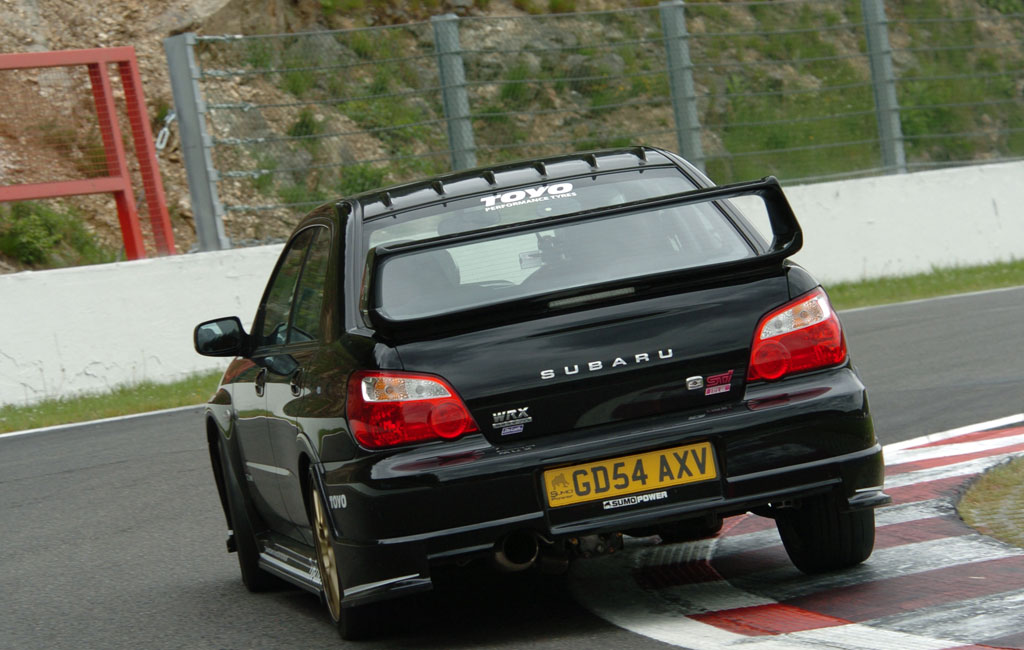 Venturing out on track : So you’ve checked and double checked, your about to go out on track, you do you final quick check over the car and your safety gear and pull out on circuit. Flags and circuit rules would have been explained to you already and therefore now is the time to start to remember all the things you have been told. The first laps out on track are very exciting and its easy to forget simple things. It is common to see people pulling out on track and going for it after the first corner, don’t be fooled by this, whether you know the track and car or not the first few laps should be used to warm up your car, familiarise yourself with the circuit, the racing line and more importantly where the flag posts are located so you know where to keep any eye out for instructions by marshals. Build your speed up gradually and get a feel for the situation. You should never be tempted to follow or race someone else, always drive at a comfortable pace and one at which you feel in control of your car at all times. It is common for some to suddenly turn into Matt Neal in a BTCC race as soon as they hit the track and begin to drive at levels and speeds which exceed their actual ability. Take it in your stride and if you have any car wishing to pass or is taunting you, just wave them past and let them go, they are better off as far away from you as they can be, you usually find these people sat in the gravel or concrete wall when they suddenly realise that they are not a BTCC driver and a mountain of excuses can be heard as to why it all went wrong…
Venturing out on track : So you’ve checked and double checked, your about to go out on track, you do you final quick check over the car and your safety gear and pull out on circuit. Flags and circuit rules would have been explained to you already and therefore now is the time to start to remember all the things you have been told. The first laps out on track are very exciting and its easy to forget simple things. It is common to see people pulling out on track and going for it after the first corner, don’t be fooled by this, whether you know the track and car or not the first few laps should be used to warm up your car, familiarise yourself with the circuit, the racing line and more importantly where the flag posts are located so you know where to keep any eye out for instructions by marshals. Build your speed up gradually and get a feel for the situation. You should never be tempted to follow or race someone else, always drive at a comfortable pace and one at which you feel in control of your car at all times. It is common for some to suddenly turn into Matt Neal in a BTCC race as soon as they hit the track and begin to drive at levels and speeds which exceed their actual ability. Take it in your stride and if you have any car wishing to pass or is taunting you, just wave them past and let them go, they are better off as far away from you as they can be, you usually find these people sat in the gravel or concrete wall when they suddenly realise that they are not a BTCC driver and a mountain of excuses can be heard as to why it all went wrong…
So, you car are up to temperature, you feel comfortable and you are beginning to learn the racing line and enjoy yourself, at this point you should begin to watch for tell tale signs from your car, how hot it is, how the brakes feel, how the tyres feel and get used to the noises it makes under pressure. These are all elements you need to keep an eye out for to detect a problem from developing into something serious later on. Getting to know these things will help you concentrate more on how to drive your car better and trust its characteristics.
Once you have decided that your session is over you now need to leave the circuit and head back to the pits. At this point you must have a ‘ cool down lap ‘ this should ideally be a full lap at half speed / pace. This will give your car a chance to cool down, get some air into the engine and braking system prior to pulling off circuit. So slow down, pull off the racing line so you are not in the way of people still at a hefty pace and begin to drive back to the pits. When you arrive back to tell friends of your experience you first need to consider the car. Park it on a level surface and DO NOT apply the handbrake as your brakes will be very hot, if you apply the handbrake there is a possibility that you will warp your discs as the clamping pressure of the pads could cause the disc to distort. Also open your bonnet and allow the engine to idle for a minute or two prior to switching off the engine. Once you have cooled off the car and you have given it time to settle down be sure to have a new check over again prior to venturing back out on track.
Driving on circuit : There are many techniques in racing on circuit and ones which require lots of practice to perform and hone prior to even attempting to use under racing conditions. I would suggest that you seek professional advice from the helpers on the day, ask for basic tips about the circuit and what to avoid and what to try to improve your performance. The main rule with circuit racing is to find the all important – racing line. The racing line is the quickest route around a circuit, effectively attempting to make the circuit as straight as possible. There is no left or right lanes on circuit as you find on the road therefore you can use as much or as little of the track as you wish as long as you avoid the green parts!. Some drivers ( and some circuits design dictates ) the use of the white and red kerbs on the corner or exit of the corner. As an amateur you should avoid this temptation to use them until you feel comfortable enough. It is not always necessary to use the kerbs as it is not always the quickest way in our out of a corner.
Whilst driving pay attention to the track condition, changes in surfaces and of course to important things such as oil and fluid spillages which you would wish to avoid if you can. As well this there is also one other hazard which is an element of circuit racing – marbles. Marbles are the small pieces of rubber which roll from the tyre when it wears. Generally you will find the majority of these marbles on corners as well as other areas of the track – off the racing line. These areas should be avoided at all costs as if you get off the racing line and venture into the marbles, the track is dirty and slippery and is often a cause of an off circuit experience. You can normally see the dirty areas of the track to avoid which will get worse as the day progresses and tyres begin to wear as the drivers on circuit push the limits of their cars with further confidence, bear this in mind if you are talking different lines in corners or are attempting to over take which means to have to get off the line. As you get used to the track, start to note braking points ( the point at which you apply brakes ), turning points, gear selection for each corner, entry speeds, exit speeds, position on the track before, during and after each corner – all these things is what makes circuit driving exciting and fun.
It is quite easy to spend a full day on track gunning around and seeing how scared you can make yourself or a fellow passenger however you’ll find in time that it is much more fun to be able to repeat a performance, technique or speed around the circuit than it is to push the car to the edge or at least to be in search of where the edge is. As with any racing you’ll find the podium is generally made up of drivers and team that can repeat their performance under pressure and with accuracy, the chance-taking hot lap drivers are normally being pulled from the gravel or wall.
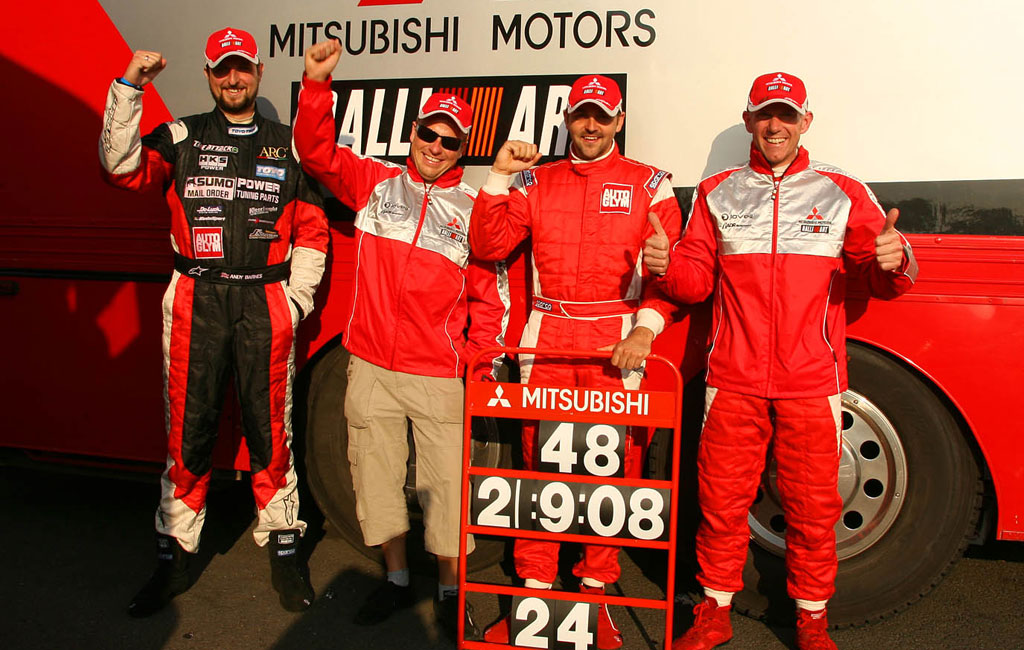 The intention of taking part in a trackday should be to hone your driving skills, learn about your ability and that of you car, to be careful and considerate to those on track and to learn more about how your car works and the dynamics involved in making it quicker and even more enjoyable.
The intention of taking part in a trackday should be to hone your driving skills, learn about your ability and that of you car, to be careful and considerate to those on track and to learn more about how your car works and the dynamics involved in making it quicker and even more enjoyable.
Hopefully these basic pointers will help you keep it on the black stuff and maximise your fun.
